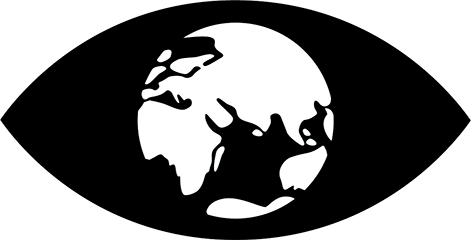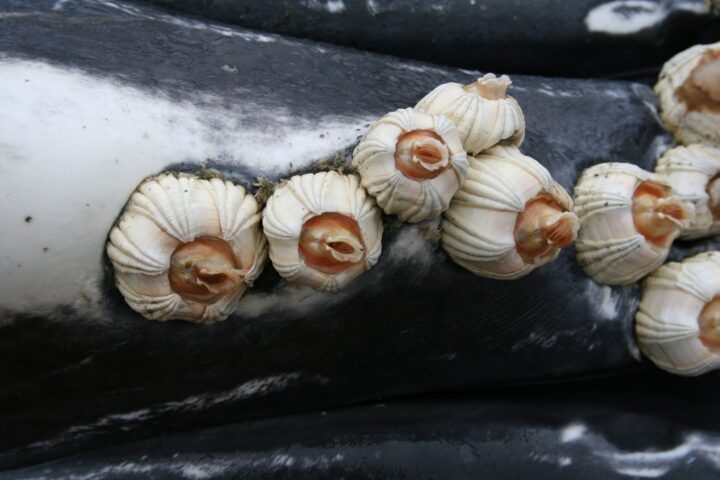Mycocycle uses fungi to break down toxic petrochemicals and produce sturdy, lightweight mycelium byproducts.
Benefits
- Fire-resistant
- Water-resistant
- Non-toxic
- Tough
- Lightweight
Applications
- Materials
- Infrastucture
- Construction
UN Sustainable Development Goals Addressed
-

Goal 6: Clean Water & Sanitation
-

Goal 9: Industry Innovation & Infrastructure
-

Goal 11: Sustainable Cities & Communities
-

Goal 12: Responsible Production & Consumption
-

Goal 13: Climate Action
Bioutilization
- various species of fungus
The Challenge
Around the world, humans build extensively with petroleum-based products, especially using asphalt for roofing. At the end of their useful life, asphalt shingles and other building materials are generally incinerated or dumped in landfills––not only polluting the land, but adding millions of tons of climate-changing greenhouse gasses to our atmosphere every year.
The United States alone annually produces 660 million tons of construction and demolition debris––twice as much trash as all of the municipal solid waste that’s collected.
Innovation Details
Inspired by the circular processes in forests that turn end-of-life trees into useful soil, Mycocycle is finding cost-effective and sustainable ways to harness the biochemical abilities of fungi to clean up construction debris and pollutants the way they clean up fallen wood in the forest.
The scientists cultivate and test fungi, looking for species with enzymes that can optimally break down and detoxify construction debris, asphalt, and other forms of waste, and rapidly convert them into harmless materials they weave into their own growing rootlike structures.
The resulting mass that the fungi produce is fire and water-resistant, exceptionally light and tough, and can be used in the production of flooring, concrete, insulation products, and more, replacing petrochemical polymers currently in use.

Biological Model
Forests are diverse ecosystems in which different members perform various complementary functions and produce and breakdown many complex materials. The cycle of growing, breakdown, and regrowing all in-place allows forests to be largely self-sustaining. For example, trees capture carbon from the air, produce wood, and provide shade and shelter. Fungi, insects and other microorganisms break down that wood and produce healthy soil that provides a medium in which a new generation of trees can take root and find necessary nutrients.
See Related Strategies
Ray of Hope Prize®
The Ray of Hope Prize celebrates nature-inspired solutions addressing the world’s biggest environmental and sustainability challenges. Created in honor of Ray C. Anderson, founder of Interface, Inc. and a business and sustainability leader, the $100,000 Ray of Hope Prize helps startups cross a critical threshold in becoming viable businesses by amplifying their stories and providing them with equity-free funding. The prize shines a light on the innovative, nature-inspired solutions that we need to build a sustainable and resilient world. Mycocycle was selected as a finalist for the 2022 Ray of Hope Prize.








